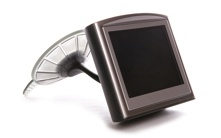 Sat navs, or Satellite Navigation Systems, which are also known as Global Positioning Systems in the US, are an essential item for anyone with a car. Whether you want to spend £40 or £400, there are a range of varying options on the market with popular brands including: TomTom, Garmin, Navman, and Snooper.
Sat navs, or Satellite Navigation Systems, which are also known as Global Positioning Systems in the US, are an essential item for anyone with a car. Whether you want to spend £40 or £400, there are a range of varying options on the market with popular brands including: TomTom, Garmin, Navman, and Snooper.
Shops With Sat Nav / GPS Offers
Sat Nav Buying Guide
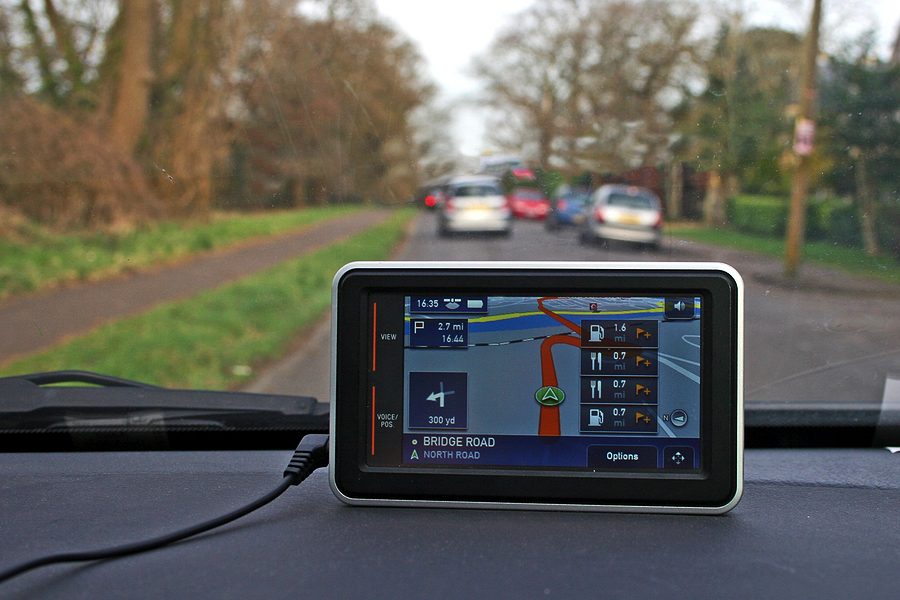
“Damn, this traffic jam. How I hate to be late. Hurts my motor to go so slow… time I get home my supper’ll be cold.” So sang James Taylor in 1977. If he’d had a sat-nav he may well have got home in time for a nice warm meal and it wouldn’t have caused his motor any pain whatsoever. Admittedly, we’d have been deprived of a catchy tune, but in this day and age it’s all about getting where you’re going as quickly as you can.
With that in mind, here’s our lowdown on what sat-navs are all about, and our guide on what to look for when you’re buying a new satellite navigation system.
How Do They Work?
Sat-nav systems use a series of satellites, called GPS, that navigate the earth in various positions. By linking to the satellites the sat-nav system can tell exactly where you are in the world within a matter of metres. They then link up to maps built into the system and shown on the display, so you can see where you are in relation to your local environment.
Sat-navs allow you to plan your journey in numerous ways. You can enter the postcode of your destination, the street address or even a nearby landmark. Most systems also allow you to request ‘Points Of Interest’ near your location, such as petrol stations or restaurants.
Which One Is Right For You?
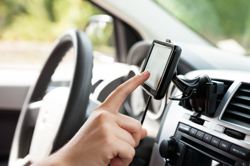 The first thing to consider when you’re looking at sat-navs is the size. They typically range from 3.5 inches through to 4.7 inches, and whether you choose to go for a big one or a small one really depends on variables such as your eyesight, how often you’re likely to use it, as well as the size of your car.
The first thing to consider when you’re looking at sat-navs is the size. They typically range from 3.5 inches through to 4.7 inches, and whether you choose to go for a big one or a small one really depends on variables such as your eyesight, how often you’re likely to use it, as well as the size of your car.
Larger screens are, obviously, easier to see when you’re on the road. But another consideration is that they are also easier to use. If you’re someone that tends to struggle entering information into a touchscreen phone, for example, then a bigger sat-nav screen might well be for you. A bigger screen also allows you to see more of the map, so if you like to look into the future as far as where you’re going is concerned then that is another thing to bear in mind.
Maps of the Kingdom
Sat-navs tend to come with built in maps, but which ones you will want to get will depend entirely on whether you want to take the sat-nav abroad with you, should you tend to be someone that travels.
- UK & ROI This mapping is of the United Kingdom and Republic of Ireland. The most up to date maps will have all of the motorways, main road and subsidiaries of those areas.
- Western Europe or Full Europe Should you travel or holiday regularly in Europe then these maps are ideal for you. Do bear in mind, though, that if you travel to Eastern Europe then you’ll need to make sure you get the Full Europe map – otherwise you might end up with just the Western Europe maps.
- North America and Canada Does what it says on the tin. These maps provide you with up-to-date and in-depth maps of the North American continent and Canada.
What to Look Out For
Traffic & Routing
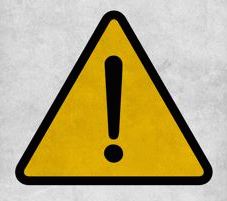 Some sat-navs feature a traffic and routing function. This is ideal if you need to know what’s going on on your route traffic-wise. The sat-nav receives constant updates about the traffic and travel on your route, informing you should there have been an accident on one of the roads you’re planning to travel on. They will then offer you alternatives to the route you’re taking that might be quicker and that will avoid the traffic jam in your way.
Some sat-navs feature a traffic and routing function. This is ideal if you need to know what’s going on on your route traffic-wise. The sat-nav receives constant updates about the traffic and travel on your route, informing you should there have been an accident on one of the roads you’re planning to travel on. They will then offer you alternatives to the route you’re taking that might be quicker and that will avoid the traffic jam in your way.
Safety Cameras
The safety camera function tells you where on your route there might be a safety camera. This allows you to remain conscious and aware of the speed-limit in the area you’re driving in, which will not only allow you drive more safely but will also help you to avoid getting a speeding ticket.
Points of Interest
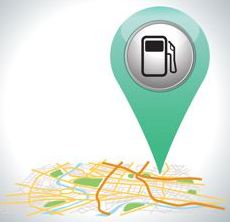 Oftentimes when people jump in the car they are heading somewhere specific. But every now and then driving can be an adventure. The road can open up in front of you and you can just see where the twists and turns of the tarmac take you. When that’s the case, you might just need to stop somewhere specific, and that’s where the ‘Points Of Interest’ feature comes in handy.
Oftentimes when people jump in the car they are heading somewhere specific. But every now and then driving can be an adventure. The road can open up in front of you and you can just see where the twists and turns of the tarmac take you. When that’s the case, you might just need to stop somewhere specific, and that’s where the ‘Points Of Interest’ feature comes in handy.
Petrol stations, cinemas, restaurants and car parks are some of the things you can find via your sat-nav’s built-in POI function. Even if you don’t particularly fancy simply hitting the open road, it can also be useful if you find yourself somewhere that you don’t know very well.
Bluetooth Functionality
Some sat-navs have the ability to operate as a speaker when linked up to your mobile phone via Bluetooth. This allows you to use your phone in a hands-free capacity, which is not only safer but also legal.
Anything Else to Think About?
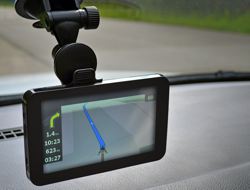 Not all sat-navs are touchscreen, but most of them are. Consider whether or nor that’s useful to you when you’re looking at your options. A lot of sat-navs also offer you the choice of 2D or 3D mapping. 2D means it looks flat, like you’d expect to see on a paper map in your car. 3D looks a little bit more like the view you’d get outside the window of your car.
Not all sat-navs are touchscreen, but most of them are. Consider whether or nor that’s useful to you when you’re looking at your options. A lot of sat-navs also offer you the choice of 2D or 3D mapping. 2D means it looks flat, like you’d expect to see on a paper map in your car. 3D looks a little bit more like the view you’d get outside the window of your car.
Text to speech is an interest function that will read out your directions to you, tell you about the latest traffic information and even read out your text messages if your phone is linked by Bluetooth.
Some sat-navs have voice control built in to them, and this is a great feature if you tend to need to change your journey details after you’ve already set off. You can plan your route, make a call if you’re linked up to your phone via Bluetooth, or even ask your sat-nav to find a local point of interest.
Have you ever wanted to look at your photos on your sat-nav? Probably not; But some of them have that feature anyway. Additionally, you can use them to play your MP3s if you don’t particularly like your radio, or if you go travelling a lot and don’t know what the local stations will be like.



